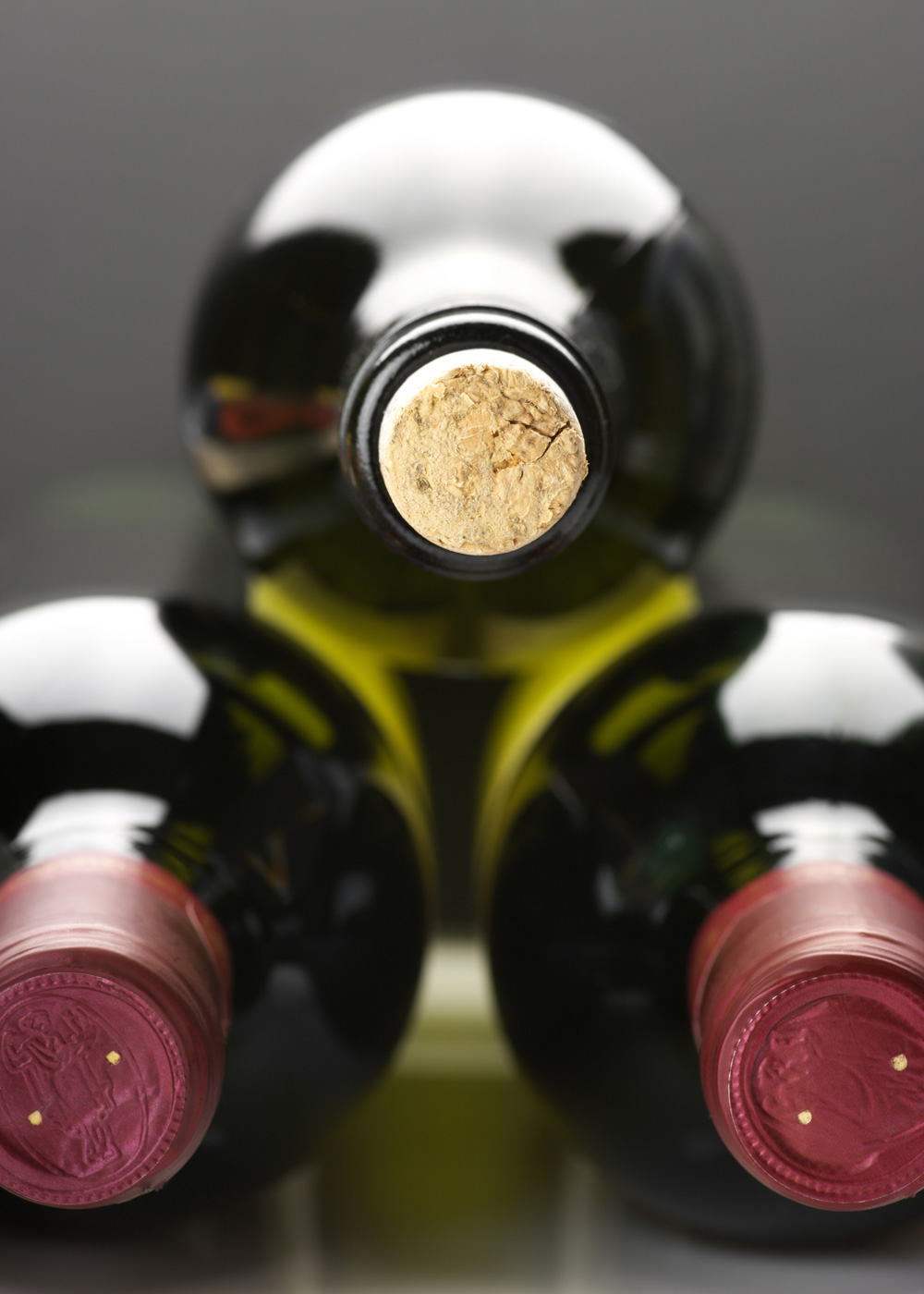Syrah and Shiraz are the same grape, but Petite Sirah is completely different. It’s confusing, but we’re here to help. Wines labeled “Shiraz” have become increasingly popular over the past few decades, as have wines made from Syrah – often labeled with place names like “Hermitage” or “Côte-Rôtie.” Petite Sirah is well known in the United States, and causes understandable confusion with its name. In the following article, we will discuss the various terms and grapes so that you can impress and educate your wine-loving friends.
Syrah = Shiraz Syrah/Shiraz ≠ Petite Sirah

Syrah
The origins of Syrah/Shiraz have been debated over the years, with competing theories claiming Persia, Sicily, and the Rhône Valley as birthplaces for the grape. DNA analysis performed at University of California, Davis in 1998 points to the Rhône-Alps area in France as the original home of Syrah. The grape has spread all over the world, with the two most famous Syrah regions being the northern Rhône Valley in France and various states in southeastern Australia – where it is known as Shiraz. Excellent Syrah is also grown in regions like California, Washington State, Hawke’s Bay New Zealand, Chile, Argentina, South Africa, Tuscany, Switzerland, and Spain.
Keeping in mind once more that Syrah and Shiraz are the same grape, let’s examine places in the world where Syrah is made. Syrah is a French word, and most examples are found in the northern Rhône Valley. Wines from areas like Hermitage, Côte-Rôtie, Crozes-Hermitage, and Saint-Joseph are made from 100% Syrah. They follow the European tradition of labeling wine by the place where it was made, rather than the grapes in the bottle. Syrah is also used for blending in southern Rhône regions, like Châteauneuf-du-Pape.
In general, wines made from Syrah are either from Europe, or are meant to evoke a traditional European style of winemaking. In California, for example, a wine might be labeled as “Syrah” rather than “Shiraz,” to imply an influence from France rather than Australia. Wines labeled “Syrah” are generally understood to be drier, more acidic, and earthier than Shiraz, which is known to be soft, full-bodied, and fruity. The difference between the styles can be attributed to numerous factors, including climate and winemaking technique. Shiraz usually comes from warmer climates with more modern winemaking, while Syrah comes from cooler climates with more traditional winemaking. Again, genetically, Syrah and Shiraz are the same grape. Imagine them as a single person wearing different clothes – Syrah is the formal outfit and Shiraz is the more casual outfit.
 Sean Connery / Daniel Craig / Will Ferrell
Sean Connery / Daniel Craig / Will Ferrell
Shiraz
Pronounced “shee-RAZZ” in Australia, or “shuh-RAHZ,” in the United States, Shiraz has become a more recognizable name than Syrah to most. The term is assumed to have originated in Australia where the grape has been grown since the nineteenth century. There are numerous regions in Australia that are famous for Shiraz, including the Barossa Valley and McLaren Vale.
Australian Shiraz is usually very full-bodied with a dark fruit character, spice, and high alcohol. It became exceedingly popular in the early 2000s, but has become less fashionable since. Some American consumers are unaware of the world-class Shiraz producers in Australia, and incorrectly assume that all Shiraz is inexpensive and lacking in character. The downturn in the Australian wine market means there are great deals to be found on some of the best Shiraz in the world.
The term Shiraz is also used by wineries throughout the new world in places like Chile, Argentina, South Africa, and the United States. As mentioned previously, the choice to call a wine Shiraz, rather than Syrah, implies that it is similar to the fruity, jammy wines of Australia.
Petite Sirah
Originating in France where it is called “Durif,” Petite Sirah is now best known in the United States. The word “Petite” seems to suggest the wine might be light and thin, but it’s actually a big wine made from small grapes. Smaller grapes have more skin per ounce of liquid, and therefore make wines with a deeper color and stronger tannins. Petite Sirah is full-bodied and powerful, with firm tannins and flavors of blackberry and plum. It’s found in single varietal wines, as well as in blends – most commonly with Zinfandel or Cabernet. Given that Petite Sirah is rare outside of the United States, its wines are considered iconically American.



